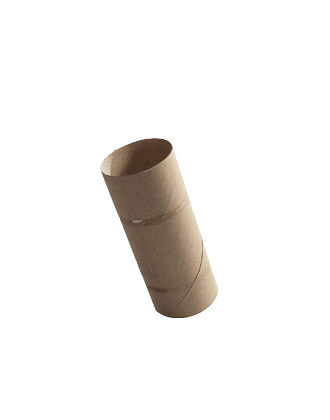To make paper fibres, bales of paper and cardboard must first be collected separately before being transported to a recycling plant. Once there, the materials are shredded before being rapidly combined with water. After going through equipment for cleaning and screening to remove staples, plastic, and dirt, the pulp is heated to remove ink and glue. This process is repeated several times.
After that, the paper is rerolled and put through the press. By preventing the release of methane and lowering the amount of energy required for the production of a variety of paper goods, paper recycling helps to cut down on the emissions of greenhouse gases that can contribute to climate change. Increases the amount of fibre available and helps to sequester carbon at the same time. Saves considerable landfill space. cuts down on the amount of energy and water used.
When paper is recycled, the fibres in the paper become shorter. It is believed that paper can be recycled anywhere from four to six times. The decomposition of paper waste in landfills takes only about a month (or a few weeks, give or take), but the problem is the volume and quantity of the waste. Paper waste takes up more space in landfills than any other type of product, despite the fact that paper is one of the materials that is recycled the most frequently.
- Recycled paper produces 73% less air pollution than if it was made from raw materials.
- Approximately 59% of an average cardboard box is recycled material.
- Paper and cardboard products make up 23.7% of waste in the household bin.
- Cardboard boxes can be made up of up to 100% recycled fibres.
- Each ton of recycled paper can save 17 trees, 2.2 cubic metres of landfill space and 7,000 gallons of water.
- 35% of the wood harvested worldwide is used to make paper products.
- It is possible to recycle one sheet of printer paper up to 7 times.
- 23.7% of Irish household bins are made up of paper and cardboard.





